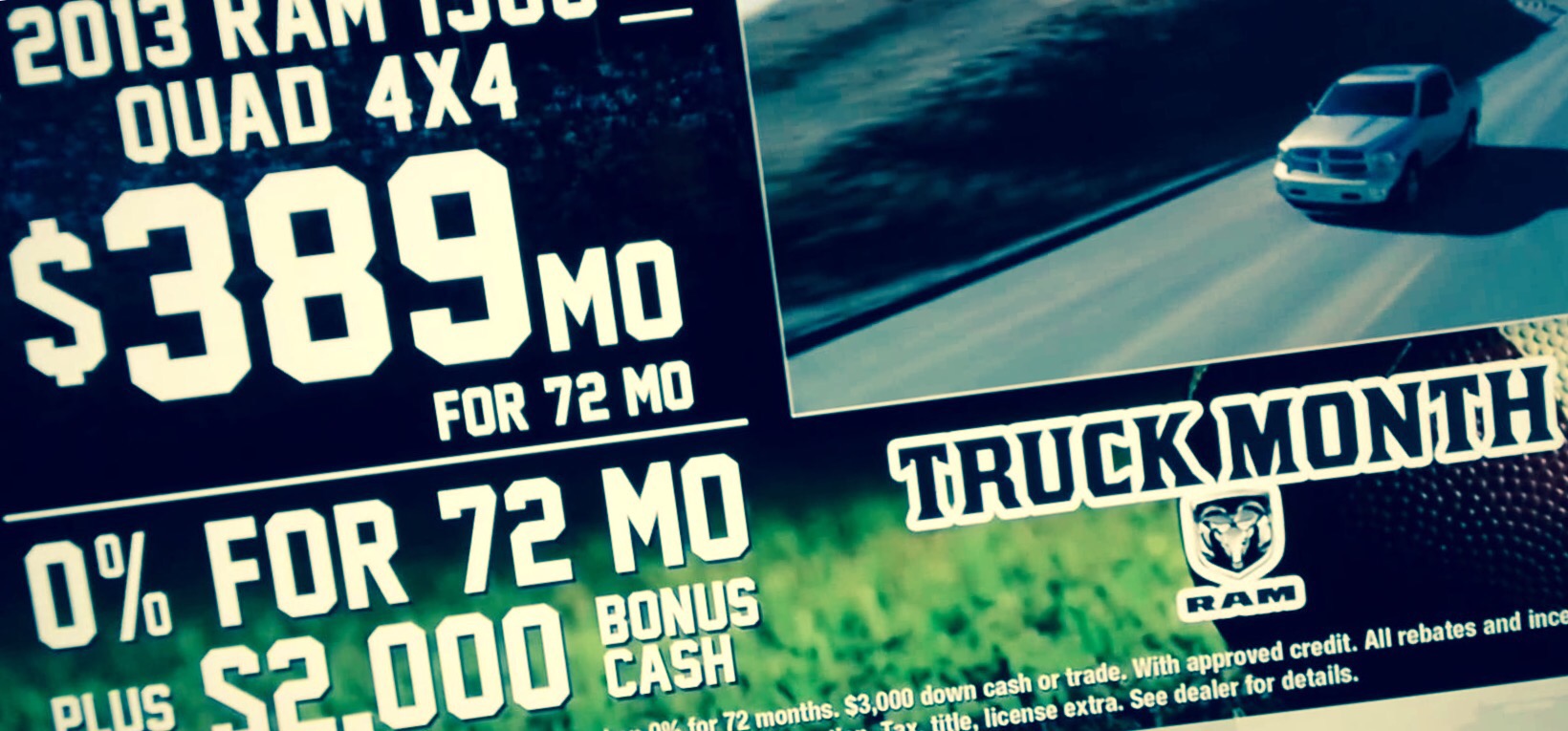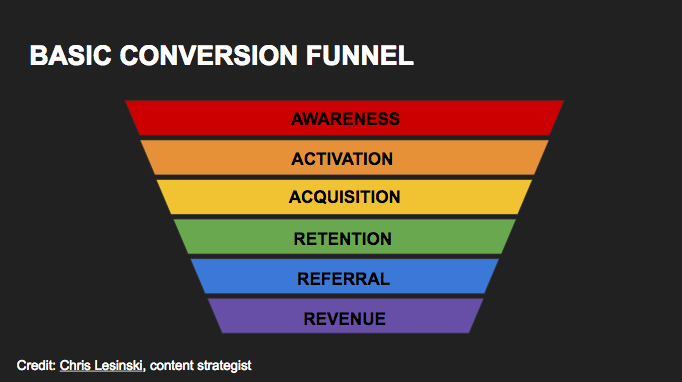I talk a TON about how important knowing your target is. You don’t have to be a marketer — even if you’re just MAKING content. You need to know your audience.
Netflix does an incredible job of analyzing their audiences and serving them targeted, empathetic content. And there’s a secret way of leveraging their algorithm, data and analytics to help you understand your own audience.
Secret Codes and Shelves of Targeted Content

Rant Stant-up Comedy, TV Dramas and Understated Comedies are some of the categories on my Netflix homepage.
Netflix has an algorithm that creates “shelves” of movies and shows that they believe please certain content niches. If you use the service, you’ve probably noticed some of them like “Dramas Based on Real Life,” “Rock & Pop Concerts” or “Asian Action Movies.” Some of them get eerily specific, including ones that target specific children within 2-year age ranges.
If you’re trying to target a specific content audience, chances are, Netflix has a very specific category that caters to that target. You can use these shelves to see they types of shows that Netflix believes are “stickiest” for people in that psychographic corner of entertainment. Watch a few of these shows and you’re suddenly inside the mind of that consumer (their wants and fears) or at least beginning to understand what types of content you’re competing with.
The trouble is, Netflix usually picks when to serve these up to you based on your watches, likes/dislikes and preferences. So, if you’re a fan of Thrillers, you usually can’t view the content Netflix recommends for fans of Tearjerkers. The hack, which you may have seen before, is to find the specific “deep link” URL that’s assigned to the category you’re interested in. They follow this pattern netflix.com/browse/genre/#### and some smart people have made them conveniently available in lists like this one and this one. Click on the category or guess the right genre number and you go right to the page of content that Netflix recommends.
Are you targeting kids 11-12? Here are “feel good comedies,” “coming of age” and and just plain movies that Netflix thinks they’ll like. Looking to expand your understanding of the Latin American market? Watch all 182 movie here or get even more specific with “Latin American Crime Movies“. There’s even a section for “deep sea horror” fans.
(The most comprehensive list I could find was split between two pages on What’s On Netflix: Page 1 and Page 2. According to them, new categories pop up almost daily. InstantWatcher also has a good index. )
Getting More Detailed and Selling to Netflix
If you want to get even more granular, you can use these categories with a site like InstantWatcher which will let you narrow your target even more by adding filters like runtime, publish year and Rotten Tomato score.
I believe you could use this info to enhance a pitch for Netflix to buy a series from you. Netflix has said to THR that it doesn’t want content similar to other content they already have:
There’s some overlap but surprisingly little… as a general rule, the audience who watches House of Cards does not watch Hemlock Grove — and yet again, is not the audience that watches Arrested Development. We hope to reach the entire subscriber base with at least one original series by the time we’re done.
This makes sense because they want to attract households with diverse content desires and become broadly popular through many content niches. As Matthew Ball puts it, they want “underlap.” Hence their emphasis on Kids.
This could be important to a content pitch because you want to show them that your content isn’t “too” similar to the content they already have. If you want to make or sell content that doesn’t overlap with their existing library, you could browse categories that are empty or dial in an area in InstantWatcher that they’re lacking.
Pretty soon you’ll be making “Angsty British Military Zombie Sitcoms for Kids 8-9 Years Old.” But with the help of Netflix’s genres algorithm, at least you’ll know what that audience likes.
 There’s a quick Recode note by Tess Townsend pointing out Apple’s huge advantage over Google: they can quickly deploy new features across all of their devices. So, even a mediocre augmented reality feature would catch fire among Apple users well before it could with Google’s Android. (Apple pointed out at WWDC: 86% of iOS users have the current software, iOS 10, while only 7% have Android 7.)
There’s a quick Recode note by Tess Townsend pointing out Apple’s huge advantage over Google: they can quickly deploy new features across all of their devices. So, even a mediocre augmented reality feature would catch fire among Apple users well before it could with Google’s Android. (Apple pointed out at WWDC: 86% of iOS users have the current software, iOS 10, while only 7% have Android 7.)



